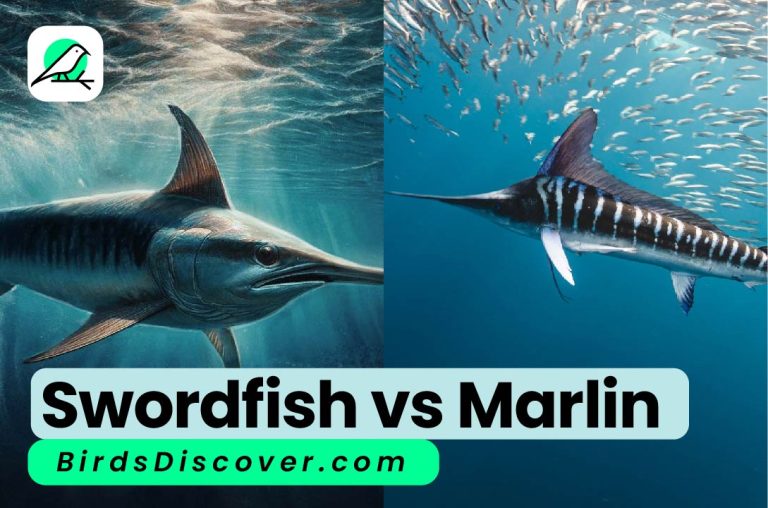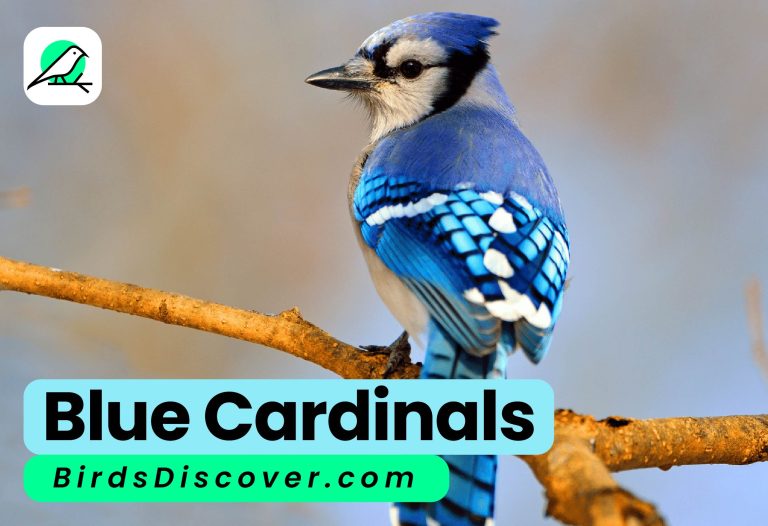How Do Animals Use Camouflage in Their Natural Habitats?
Camouflage is a fascinating adaptation that helps animals avoid predators, enhance their hunting skills, and blend into their environments. Here’s an exploration of how various animals use camouflage in their natural habitats:
1. Moths and Butterflies
Many moths and butterflies have wing patterns that mimic the appearance of leaves, tree bark, or even eyes. This camouflage helps them evade predators by blending into their surroundings or by creating deceptive patterns that confuse potential threats.
2. Chameleons
Chameleons are renowned for their ability to change skin color to match their environment. They use this color change not only for camouflage but also for communication and temperature regulation. Their skin contains specialized cells called chromatophores that can alter pigmentation.
3. Octopuses
Octopuses are masters of camouflage, capable of changing both the color and texture of their skin to mimic rocks, coral, or sandy ocean floors. They use specialized cells called chromatophores and papillae to achieve this remarkable ability.
4. Stick Insects
Stick insects have bodies that closely resemble twigs or branches, allowing them to blend seamlessly into their forest environments. Their long, slender bodies and slow movements further enhance their disguise.
5. Leaf-Tailed Geckos
Leaf-tailed geckos have tails that resemble dead leaves, providing effective camouflage on forest floors. This adaptation helps them avoid predators and surprise their prey.
6. Snow Leopards
Snow leopards have a thick, spotted coat that helps them blend into the snowy, rocky landscapes of their mountain habitats. The pattern and color of their fur provide effective camouflage against the varied terrain.
7. Cuttlefish
Similar to octopuses, cuttlefish can change their skin color and texture to match their surroundings. They use this ability for both camouflage and communication, displaying different colors and patterns based on their mood and environment.
8. Harlequin Tusk Fish
Harlequin tusk fish can blend into their coral reef environments by mimicking the colors and patterns of the coral. This camouflage helps them avoid predators and sneak up on prey.
9. Leafy Sea Dragons
Leafy sea dragons have long, leaf-like appendages that mimic seaweed and kelp. This camouflage helps them blend into the underwater vegetation, protecting them from predators and allowing them to ambush small prey.
10. Pygmy Seahorses
Pygmy seahorses have evolved to resemble the coral on which they live. Their small size and unique coloration provide excellent camouflage among the branches of sea fans, helping them avoid detection by predators.
Conclusion
Camouflage is a vital survival strategy for many animals, allowing them to blend into their environments and avoid predators. The diverse methods of camouflage illustrate the complexity of natural adaptation and the fascinating ways in which animals interact with their habitats.




